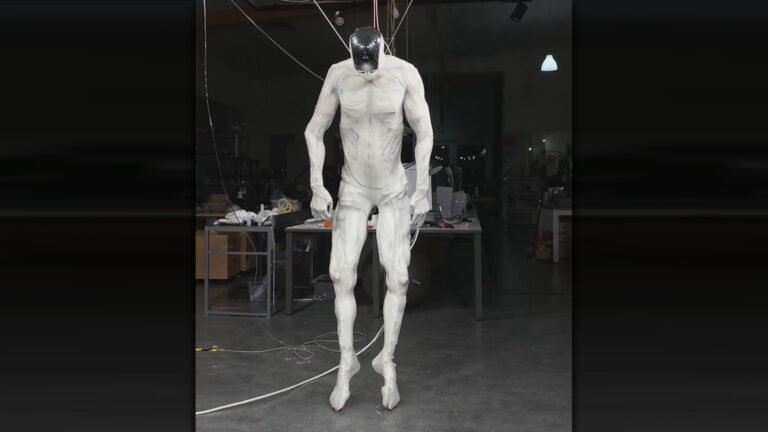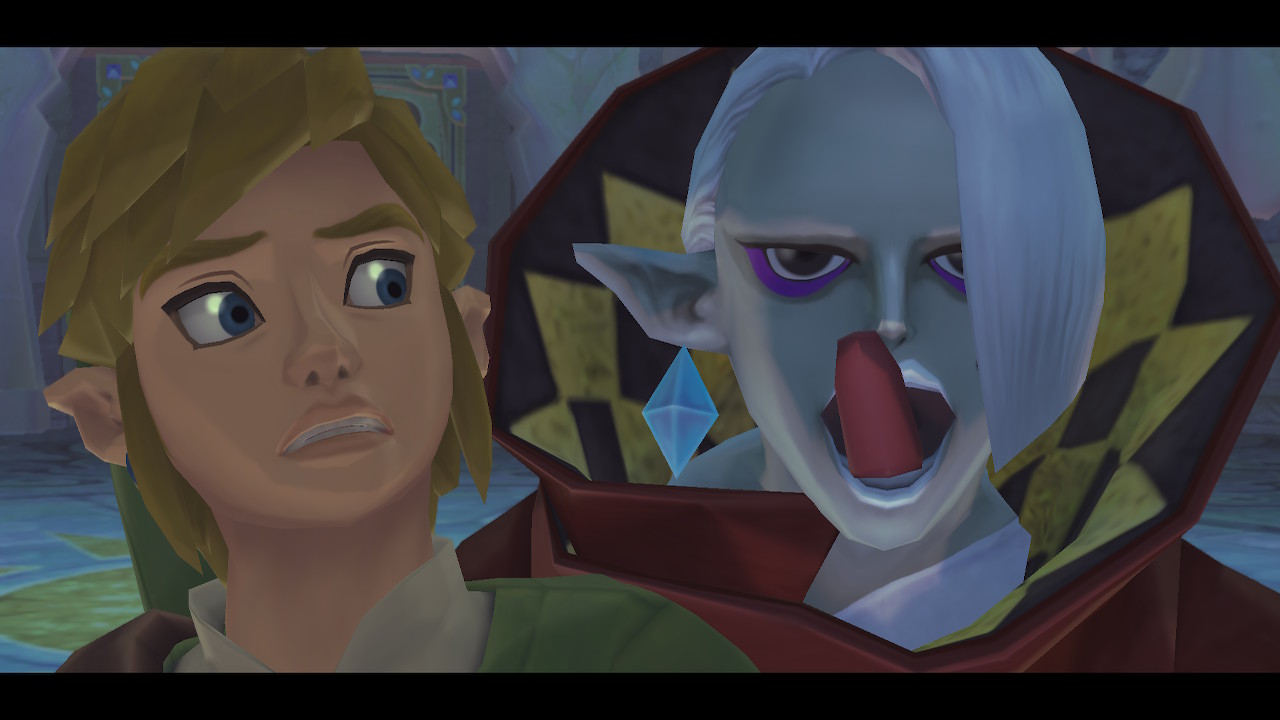
Nintendo has never shied away from opportunities to touch up and re-release its most beloved video games. 1993's Super Mario All-Stars is arguably the industry's first "big" remaster project, while the Zelda series has been downright spoiled with the concept going back as far as a 1995 reimagining of the original Legend of Zelda for the Super Famicom's Japan-only satellite service.
In the intervening years, expectations for "HD" versions of older games have exploded, primarily because gamemakers have gotten better at this. And the Zelda series has excelled within this trend, too, as highlighted by Nintendo's top-to-bottom retouches of Ocarina of Time and Majora's Mask for the now-discontinued Nintendo 3DS.
But if those games are examples of Zelda remasters at their best and most ambitious, then this week's Legend of Zelda: Skyward Sword HD (a re-release of the 2011 Wii adventure game for the Nintendo Switch) is arguably the opposite.
If you never played Skyward Sword on the original Wii, this is likely the better way to play one of the series' most coolly received entries. (As ever, a "so-so Zelda game" is still typically pretty good in the grand scheme.) Yet this Switch port's scope and technical wimpiness are hard to stomach at a $60 price point this many years after the original game came and went.
Open skies < open waters
Now, hold on, you might say. "Coolly received" Skyward Sword? But Ars Technica printed a rave review! So did others!
I honestly am not sure what sweet Hyrulian grass most critics were smoking during Skyward Sword's original pre-release period. I didn't catch a puff, as I wrote the following for the now-defunct, iPad-only outlet The Daily in November 2011:
You may not find a more uneven tour de force in gaming this year. Skyward Sword's slow start is just about unforgivable for such an old franchise, but sure enough, later challenges—particularly a time-bending mechanic—prove among the best in series history. And control foibles nearly drown out the series' best writing and characters in years. What Nintendo delivered here was probably as experimental or risky as we could expect from a game with the word "Zelda" in it, and the result is certainly a good one. But games like Assassin's Creed, Arkham City, and Elder Scrolls V: Skyrim, in creating open worlds with childhood-sized visions of grandeur and accessibility, beat Nintendo to this year's 25th anniversary party.
The more commonly accepted takeaway, this many years later, is that Skyward Sword's Wii-specific gimmicks and finely crafted highlights couldn't make up for its general issue— a failed attempt to one-up the wide-open wonder of Wind Waker or to keep up with so much Zelda-inspired competition in that era's 3D-adventuring renaissance. Wind Waker's open seas ultimately felt more alive and creatively packed than Skyward Sword's sparsely dotted skies. And while Nintendo still delivered a satisfying, content-rich adventure in its 2011 Zelda game, it's hard not to see the series' follow-up home console game, Breath of the Wild, as a repudiation of Skyward Sword's reliance on old series tropes.
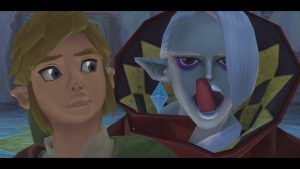
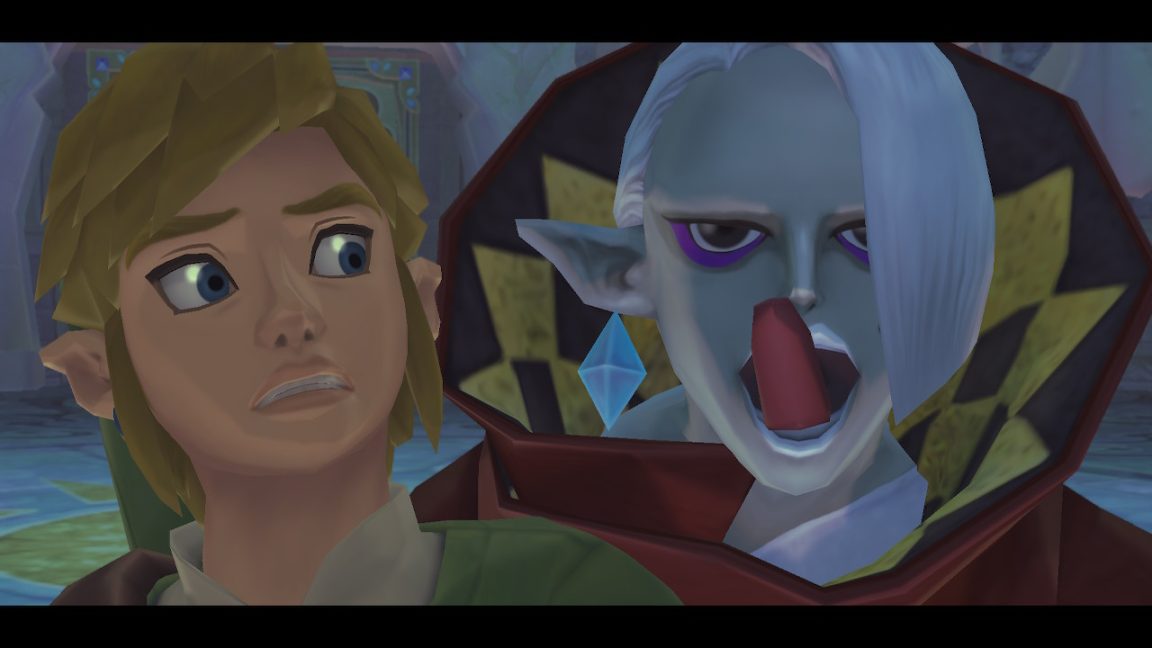
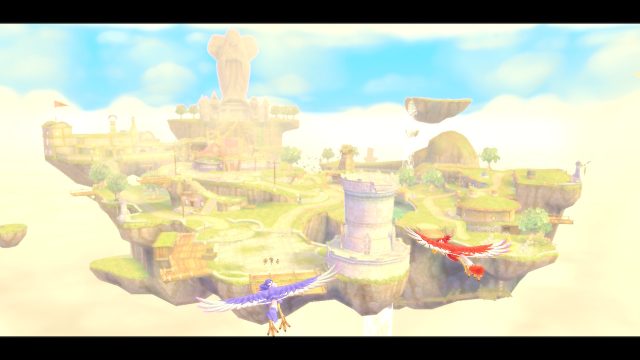
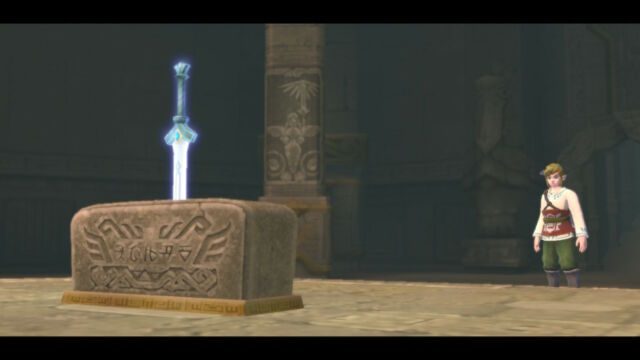
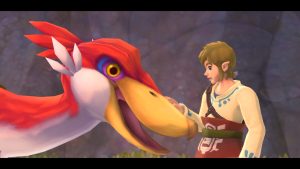
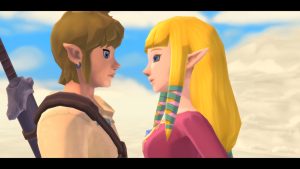

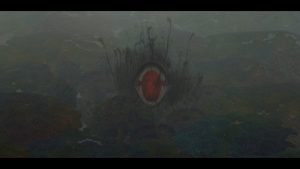
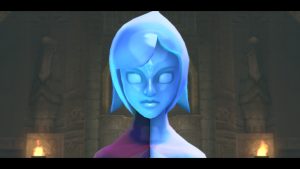
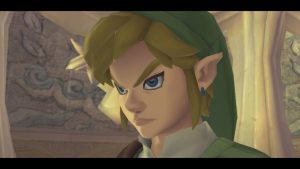
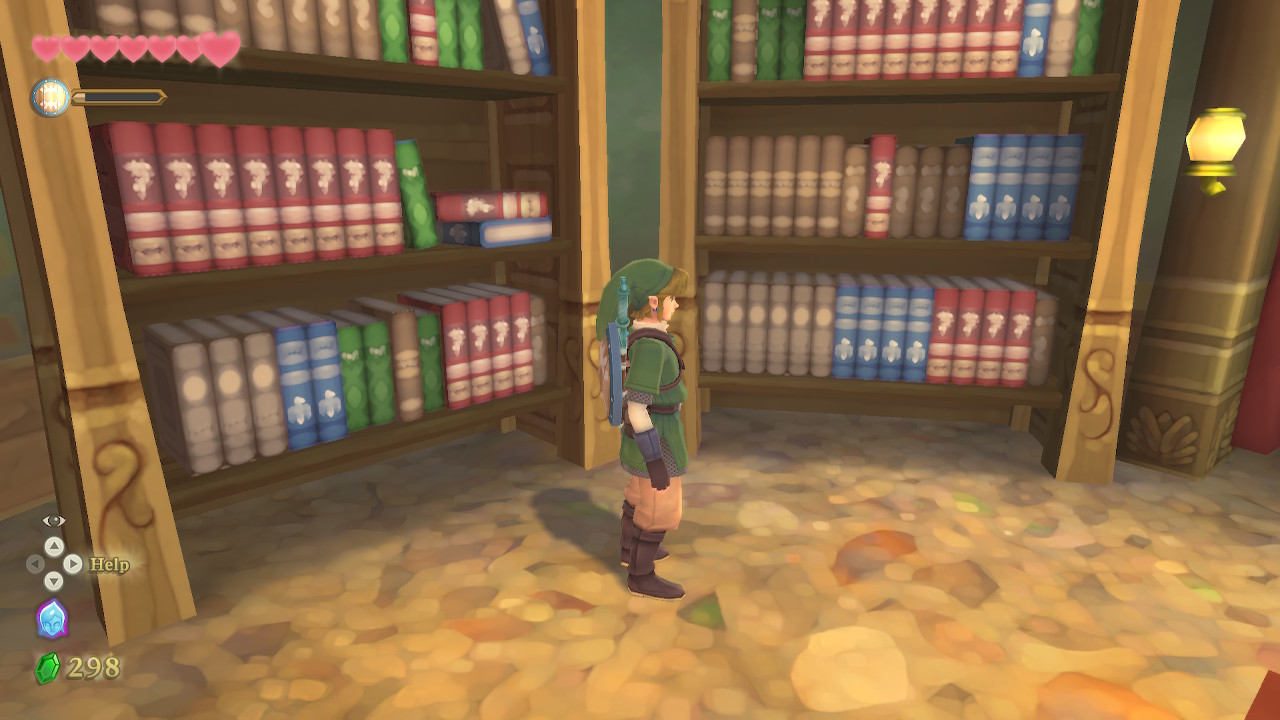
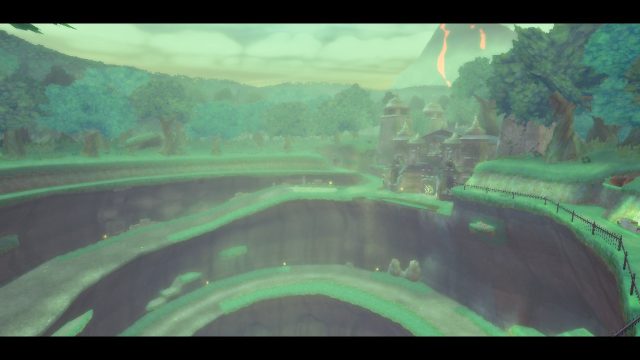
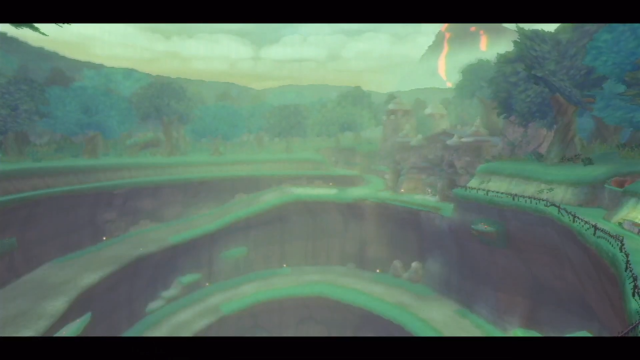
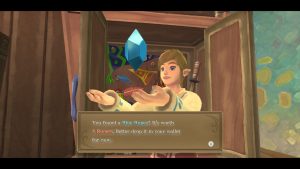
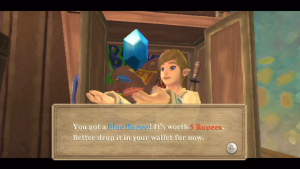
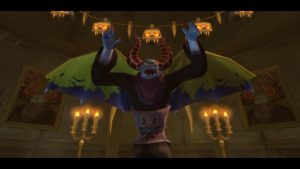
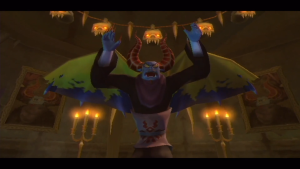
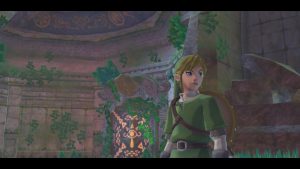
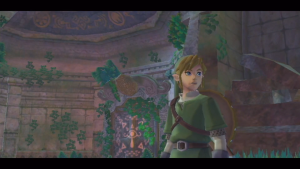
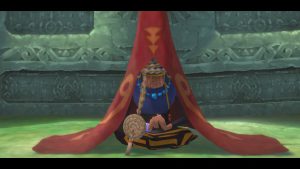
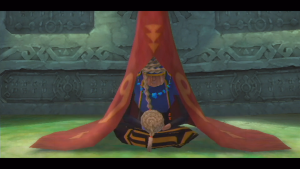
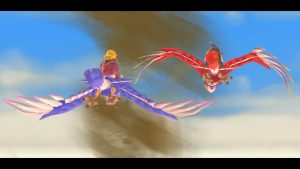
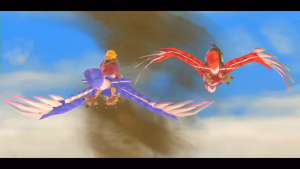

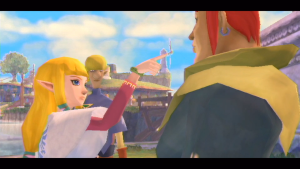
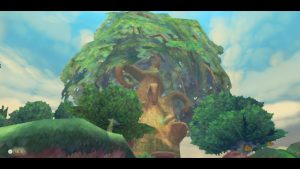
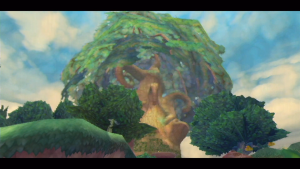
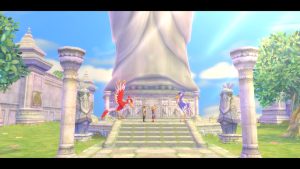
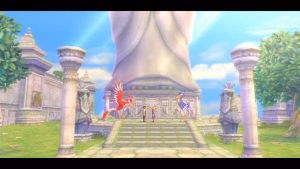
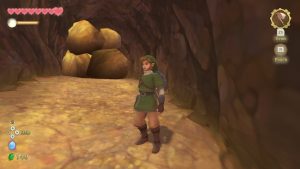
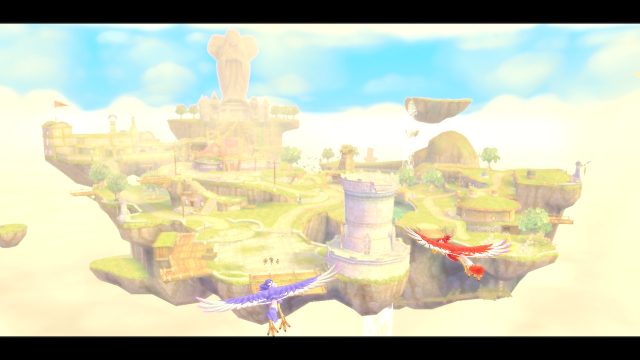
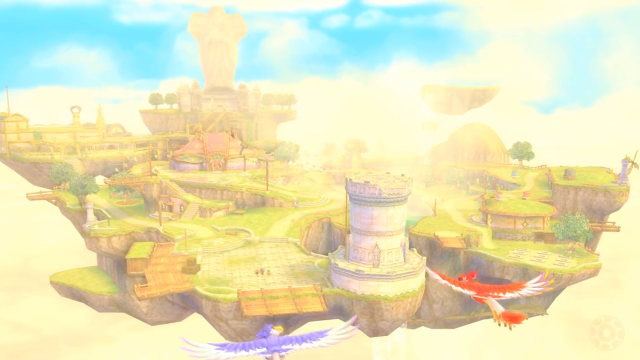

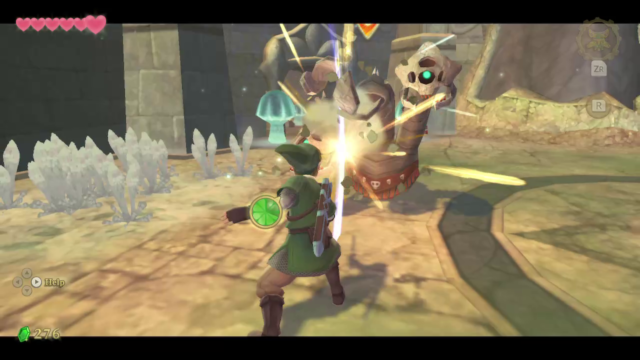
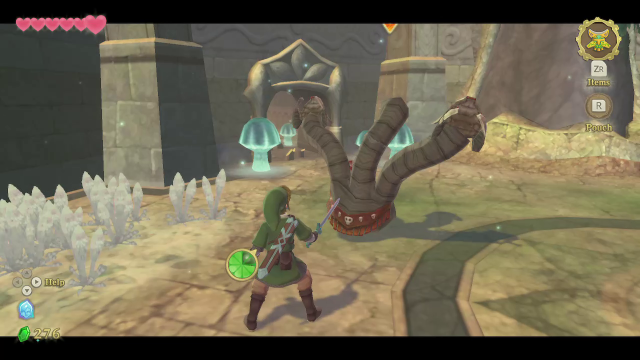
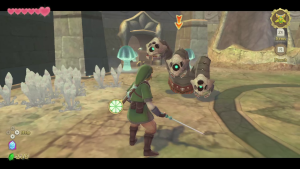
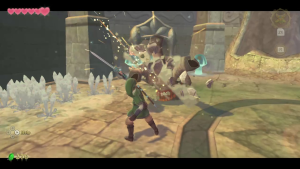
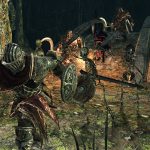
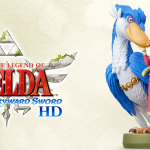
 Loading comments...
Loading comments...
